


|
|
|
|||||||||||||||
|
|
||||||||||||||||
|
|
|||
|
|
Florence Pitti Palace 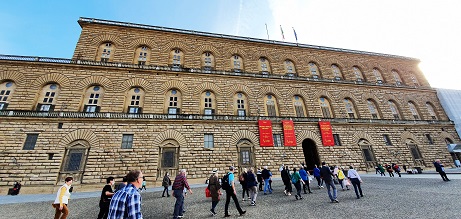
The Pitti Palace was commissioned by Florentine banker Luca Pitti and started in 1457 with the design being attributed to Filippo Brunelleschi who designed the dome of the Duomo. Pitti wanted to rival the Medici but unfortunately, he encountered financial problems and died in 1472 before it could be completed. In 1550 it was purchased by Eleonora da Toledo, the wife of the Grand Duke Cosimo I de'Medici and became the residence of the Medici family. This occurred due to the Pittis being no longer able to meet the construction costs. The Medici then enlarged the palace to twice its size and it became the most majestic palace in Florence. It obtained its current look in the beginning of the 17th century through the work of Giulio and Alfonso Parigi who carried out work for the Court of the Medici. The exception being the two lateral projecting pavilions that were built during the first half of the 19th century and the rear section of the palace overlooking the garden. 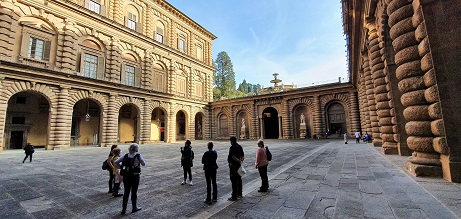 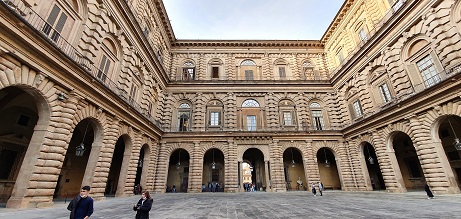 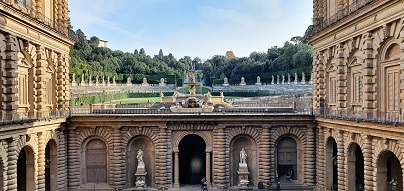 Most of the internal decoration was carried out during the 17th century The family were housed in the palace in their own apartments. The rooms in the left wing there that of the Grand Duke, while those on the right were used by his heir. The lateral wings housed the apartments of their wives. The rooms on the second floor contained the large library, while the side rooms were used for the children. The left side on the ground floor housed the apartment that the Grand Duke used in summer. The palace remained in the hands of the Medici until 1737, when it was obtained by the Habsburg Lorraine family. At the time of the unification of Italy, the palace passed back to the Italian royal family. The Palace has been the home of the Grand Dukes of Tuscany and was used by Napoleon when he was in Florence during his reign over Italy. It was also the home of King Vittorio Emanuele II from 1865 – 1871 when Florence served as the capital of Italy. The apartments have been influenced by the three historical periods of the Pitti Palace: the Medici period, which was from about 1550 to early 1700's, the Lorraine period and the Savoy period from 1865 to 1920. The palace was opened as a museum in 1833 by Leopold II, one of the last Grand Dukes of Tuscany. Today the palace, houses several important museums and contains some beautiful works of art and includes items of silver, furniture and costumes as well as statues and paintings. 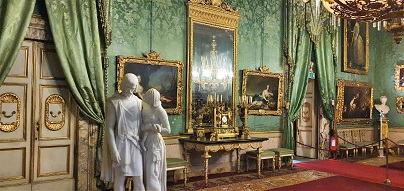 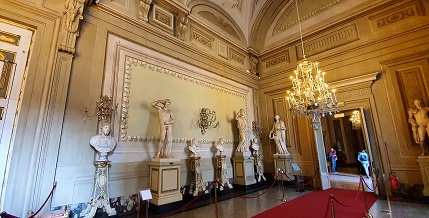 It is not just the contents that are displayed that attract visitors but the splendour and opulence of the building itself with its elaborately frescoed ceilings, and intricate stucco work on the walls. 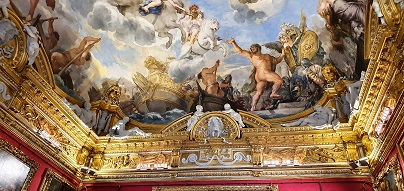 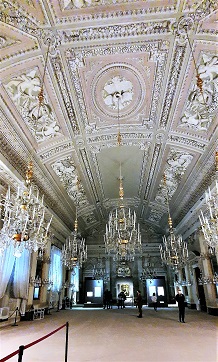 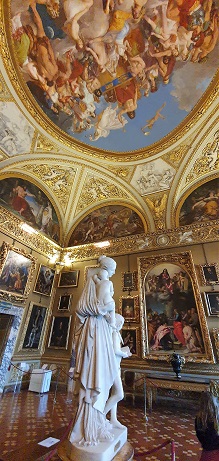 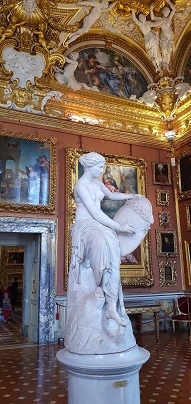 At the heart of the Pitti Palace is the Galleria Palatina which consists of eleven rooms displaying the works of such artists as Botticelli, Titian, Veronese, Caravaggio and Rafael displayed as they were originally when collected by the Medici and the Lorraine. The first five rooms contain magnificent ceiling frescoes which glorify the Medici. |
|
|
|
|
|||
All Photographs were taken by and are copyright of Ron Gatepain
| Site Map |